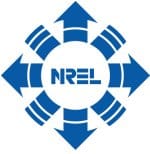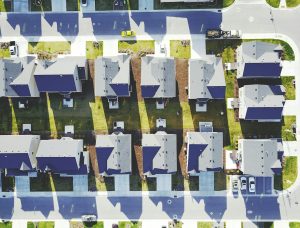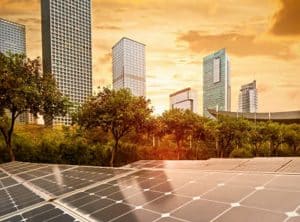A new $135 million renewable energy research facility is the latest addition to the U.S. Department of Energy’s network of National Laboratories.
The 182,500-square-foot Energy Systems Integration Facility (ESIF) will allow researchers and manufacturers of promising renewable energy systems to test and scale up their products in a real-world environment by simulating a utility-scale energy grid.
The facility, located at Colorado’s National Renewable Energy Laboratory, contains 15 experimental labs and several outdoor test sites, where researchers can conduct experiments on how new solar modules and wind turbines function at full grid load.
Scientists can also conduct modelling of renewable energy systems and the electricity grid on ESIF’s petascale supercomputer, capable of proving simulations at one quadrillion operations per second.
The new site is aimed at lowering the cost of integrating renewable energy into America’s evolving energy mix, as many U.S. solar, wind and geothermal projects near completion on the back of government green initiatives.
Built using $135 million in Congressional funds, ESIF has an operational budget of $20 million through FY2014. The DOE’s network of federally-funded research facilities employs nearly 30,000 scientists and engineers.
“Our National Laboratories are a national treasure that help America‘s entrepreneurs and innovators to accelerate the development of new technologies,” said Energy Secretary Ernest Moniz. “This new facility will allow for an even stronger partnership with manufacturers, utilities, and researchers to help integrate more clean, renewable energy into a smarter, more reliable, and more resilient power grid.”
Private solar energy company, Advanced Energy Industries, has already partnered with ESIF to test its new line of solar inverter technology.
According to the DOE, solar generation in America has doubled in the last four years, while the cost of solar power systems has fallen by 80 percent. Consolidating these gains depends in part on next-generation inverter technology that is cheaper to produce and better suited to smart energy grids.





































